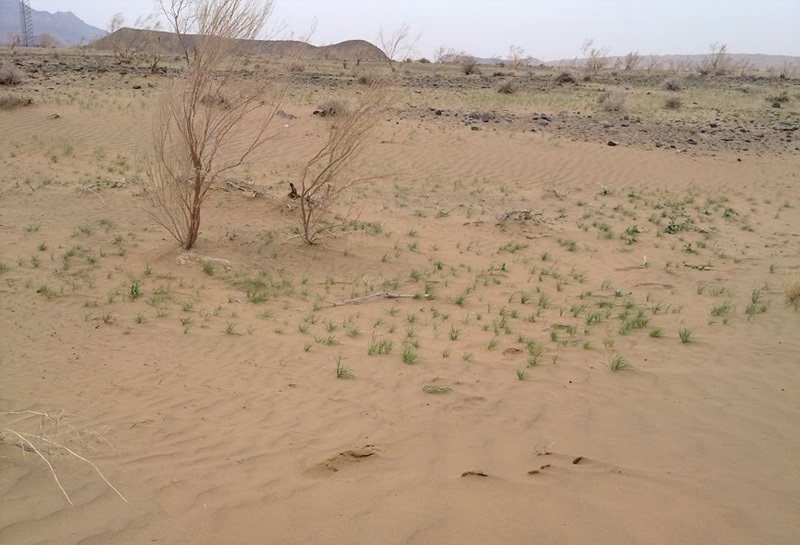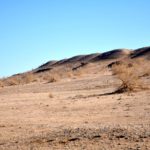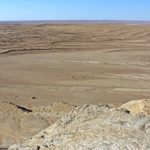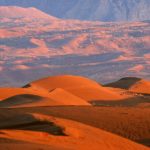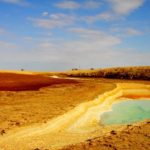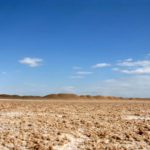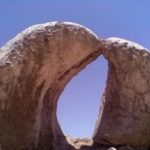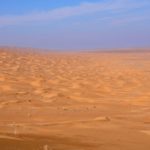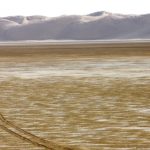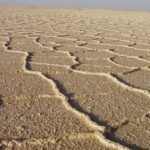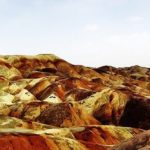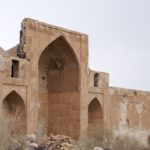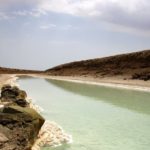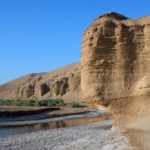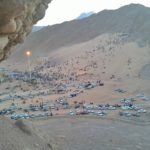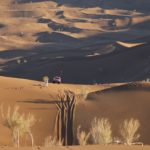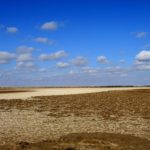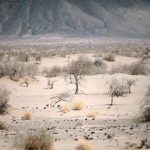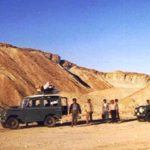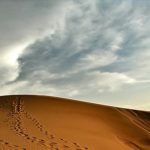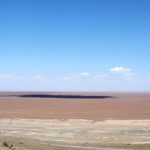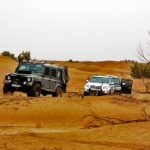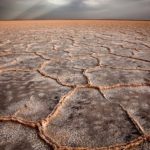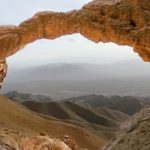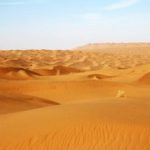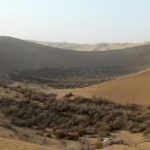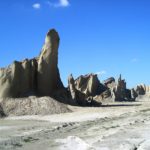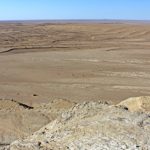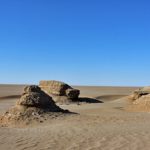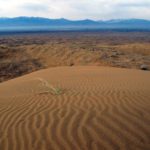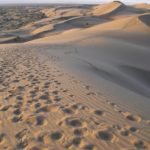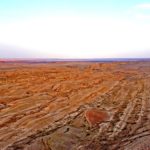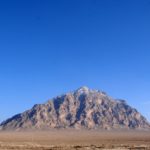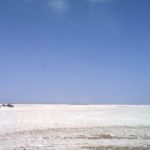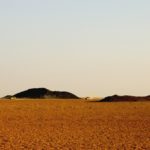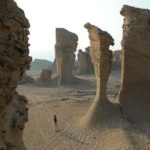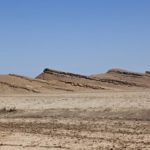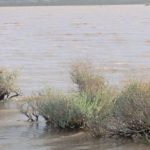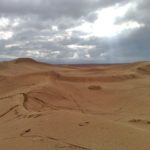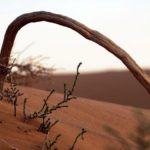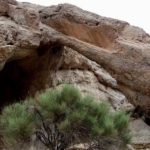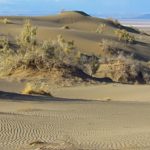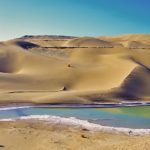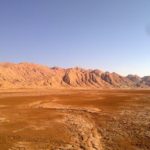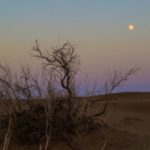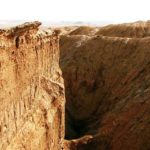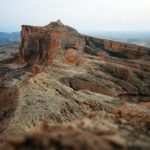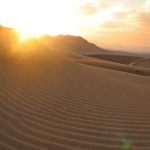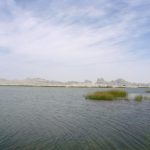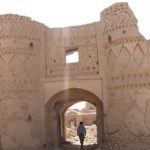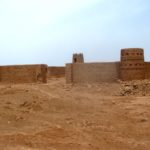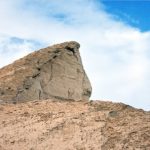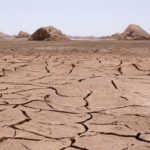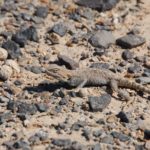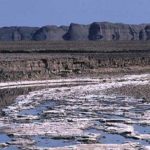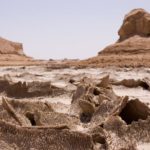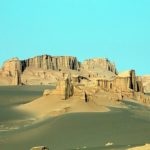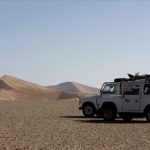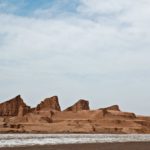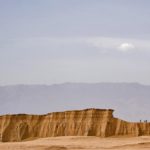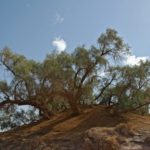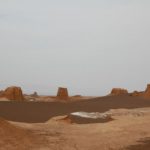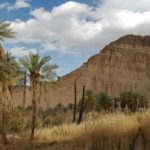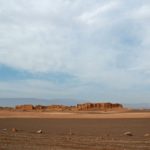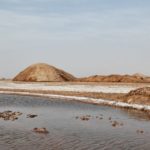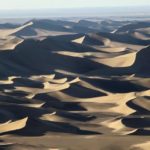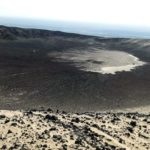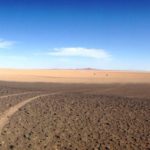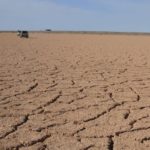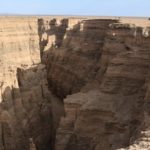Halvan Desert is located geographically north of N3355 to N3337 North and E5605 East to E5615 East in Yazd province. It is bounded on the north by the central Iranian desert and the old highlands of Tabas, on the south by the communication line of Khor city to Tabas, on the east by the lovers’ mountains and highlands and on the west by the salt lake and central desert of Iran.
Read More ...
Halvan is a village in the eastern margin of the desert. Halvan Village is one of the most beautiful tourist areas of Tabas which has long been famous for several aspects. The presence of palm trees and the production of dates of the highest quality so that its date variety is well known. In recent years, in addition to the local breed of Matsafi date palm and other breeds have been cultivated in the Helwan. The very large and beautiful old texture of the Halvah, with its demolition, but walking through the old alleys you can see the grandeur of the desert architecture. Halvan Castle, which completely replaces the old village, is one of the largest and most magnificent castles in the entire Tabas area. In ancient times, the tower was guarded by a tower that is now safe. Halvan has also been an important route for the convoy. The convoys were traveling on the route between Halvan in the east and the brides and Abbas Abad and Khor in the west of the desert.
The area is sandy-covered and lies in the eastern and northern regions on the margin of the salt marsh and clayey central desert and salt lake estuary. The shape of the ribbon resembles a triangle with its apex facing east. The north-south distance is 40 km long and the eastern-western distance is 14 km in the central region and 5 km in the north. Rigidar has a north-south range and traces of its southeastern region are linked with lovers’ heights, creating this beautiful cross between mountains and sands. In the eastern setting of this sandy triangle, the hills are the tallest and are about 80 meters high from the bottom of the plain, with a decrease in altitude as they move west. Southeast of the confluence of mountains and sandy valleys and beautiful crossings have emerged, which may be unique in the country. Also, because of the abundance of mines at these altitudes, there are good dirt roads that make it easy to access and visit.
Vegetation
Very rich vegetation of the area, including steppe and sandy plants such as scallops, artemisia, hawthorn, cow tail, peanut, scanbill in the east, and in the western desert margins of the central desert, salt-free vegetation including desert salt, Gaz and Ashen are visible. Several desert climbing conferences have been held in the eastern margin of the area in recent years.
wild life
Due to the rich vegetation of the area and the abundance of water resources the animal is also rich. Areas of the species include: snake and scorpion, hawk, hobre, quebec, desert and roe deer, fly catcher, bee, desert sage, golden eagle, vulture, wolf, jackal, fox, sand cat, rock otter, jard , Toothbrush, Rat, Agama and Jacko types
access
Proximity to the city of Tabas, convenient access roads, exquisite landscapes in this area are factors to convert Halvah to a desert tourism hub, which, in addition to employment creation, can induce irregular migration of rural residents such as Halvand and Khairabad to major cities. Prevented.
This area is accessible from several routes. The Khor-Tabas communication road passes south of the area after the end of the Desert Crater and the salt lake. Also along the same axis, before the Jafarabad crossing, there are several stone slabs that enter the groove between the mountain and the Rig if it enters its dirt road. Also, after the Jafarabad road to Tabas, the sub-road to Helwan village and the other sub-road to Kheirabad village will lead to this ridge.

